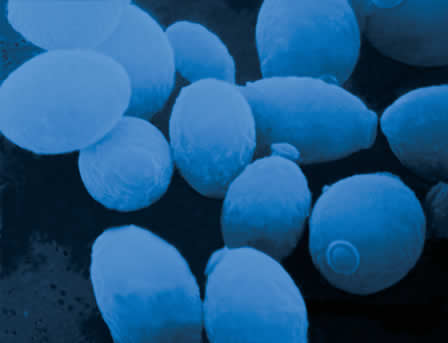 |
| And does it truly matter? |
 |
| Dammit. |
The Beer Tastes Like Belgium
Over the years, as brewers were complacently stirring wort in giant vats with their disgusting, unsanitary, yeast-ridden paddles, those yeast were savoring the local flavor. Belgian yeasts took to Belgian styles, German yeasts to German styles, and I think you get the idea. Hell, I bet there's even a pruno-loving strain in the state prison down the road. The point is: yeast cells adapt to appreciate and make the best use of what's available, or get out-competed by the yeast cells that do. In return, brewers were unknowingly selecting yeast from beer they liked best, which led to cultivars of microbes that produced distinctive flavors. This is why saisons taste like pepper, Irish stouts are drier than English stouts, and sours taste like rat barf.It's also why hefeweizens and witbiers, despite having almost exactly the same recipes (only real difference being whether or not the wheat is malted), taste different. Witbiers are typically kind of sweet and fruity and a little spicy. Hefeweizens have a very, very distinctive banana flavor, with some cloves in the background. This is generally resultant of the esters produced by the yeast during fermentation.
 |
| IT'S WHAT I DO THAT DEFINES ME |
So, when I ask if it will be a witbier or a hefeweizen, that's not just snobby semantics. And it's all in the yeast's little gooey, stinky hands. I'll find out soon enough.
If you're interested: a discussion of the difference on YouTube by Here For The Beer.
No comments:
Post a Comment